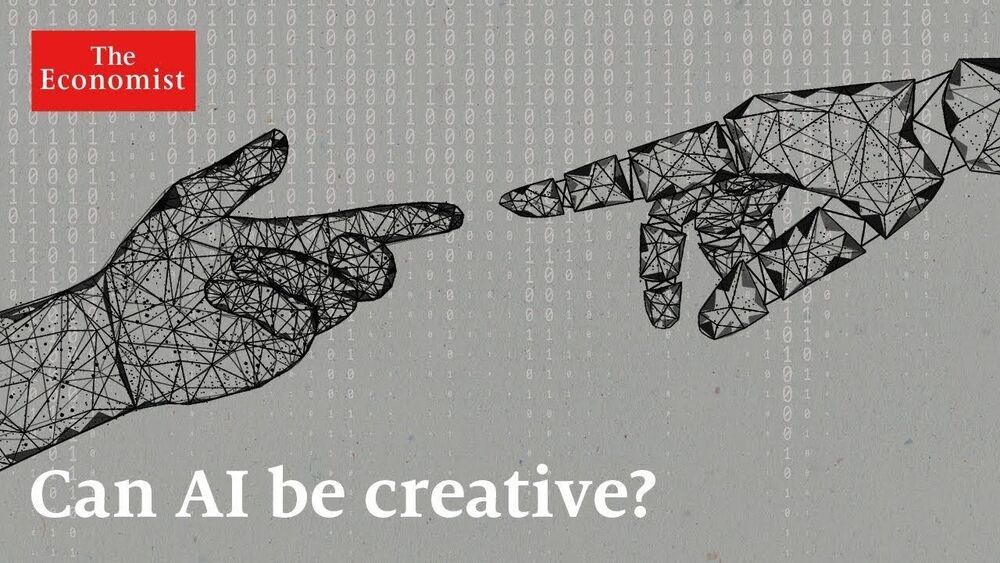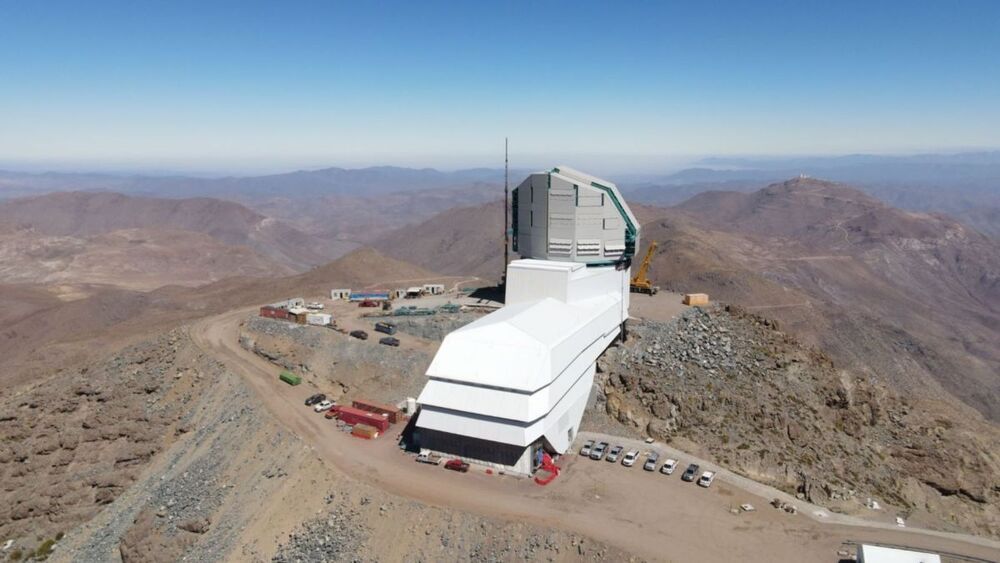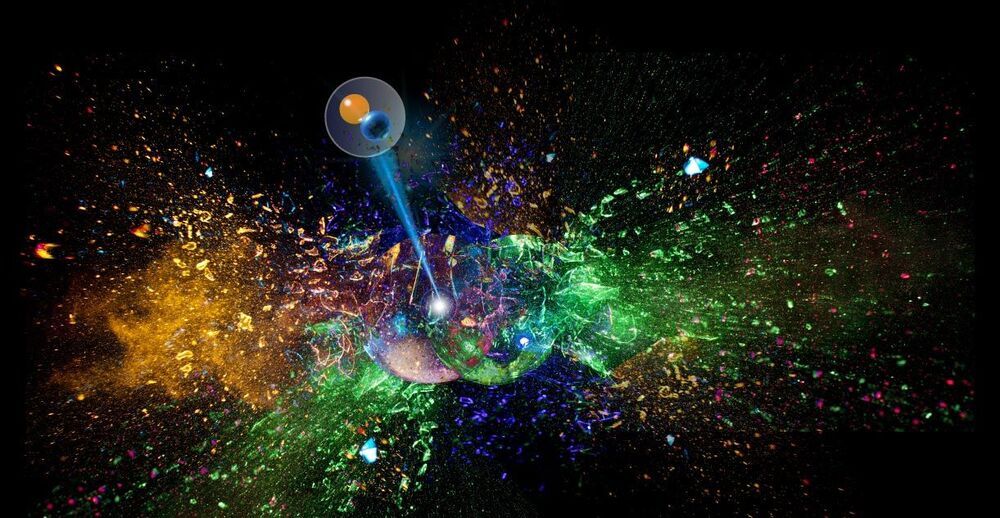CEO of Turn. Bio at 3:40 talking about getting product to market in a few years rather than a decade.
#ERA #sebastiano #turnbio #krammer #stanford #healthspan #aging #longevity.
Ms. Anja Krammer, CEO of Turn Biotechnologies talks about the initial targets for ERA, the time line for clinical trials and FDA approval.
Turn Bio was co-founded by Dr. Vittorio Sebastiano to develop and market the Epigenetic Reprogramming of Aging technology that came out of his lab in Stanford University.
Ms. Krammer is a veteran of F500 healthcare and technology companies and co-founder of three Silicon Valley start ups. She is an entrepreneur who has built biotech, pharmaceutical and consumer businesses by assembling high-performance, results-driven teams and a counsellor to multiple enterprises, who has served on boards of public and private companies, industry organizations and foundation.
Turn Biotechnologies, Inc.
https://www.turn.bio/
Paper on ERA Technology.
https://www.nature.com/articles/s41467-020-15174-3
More papers by Dr. Sebastiano.
http://med.stanford.edu/sebastiano/publications.html









